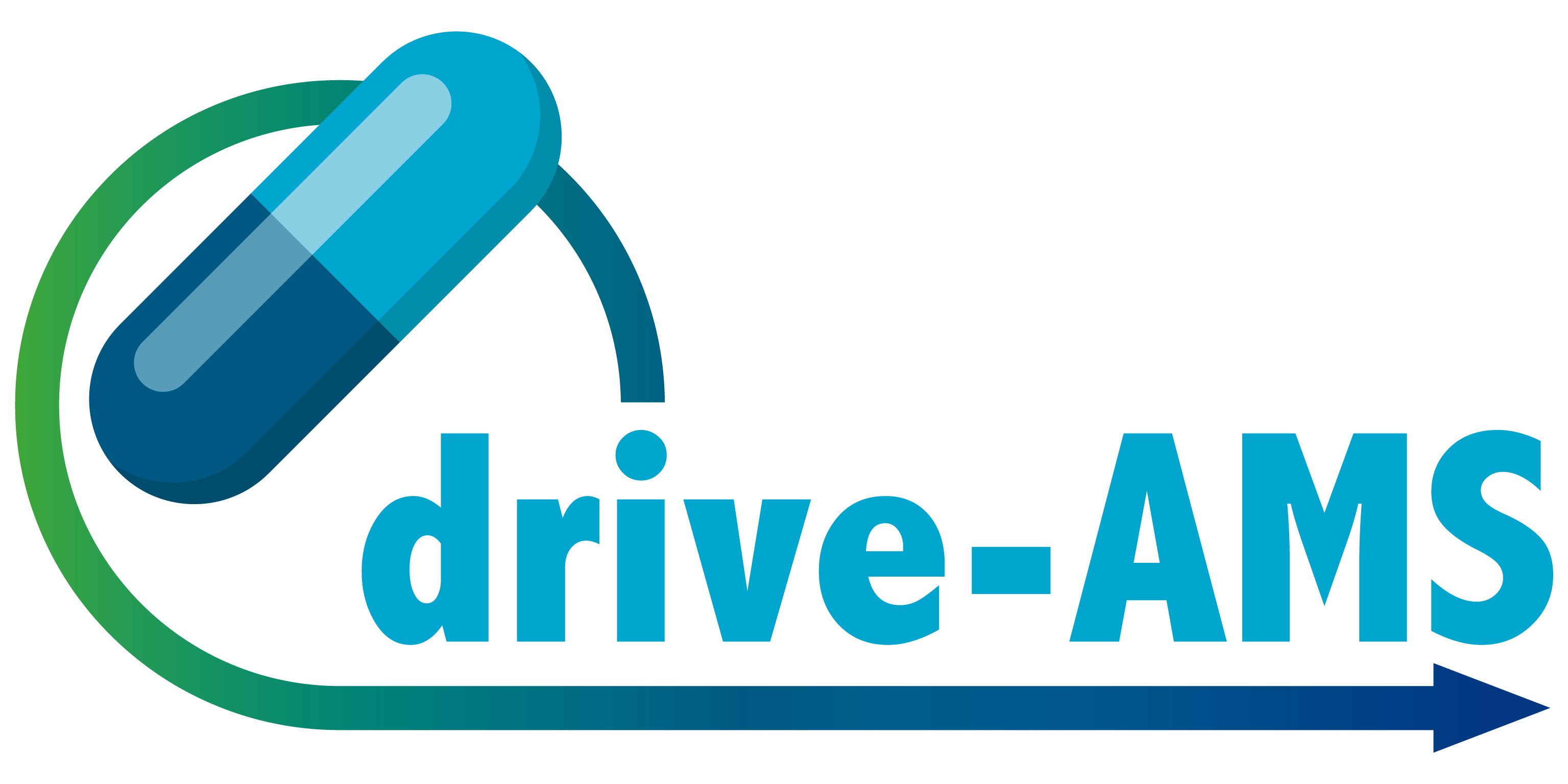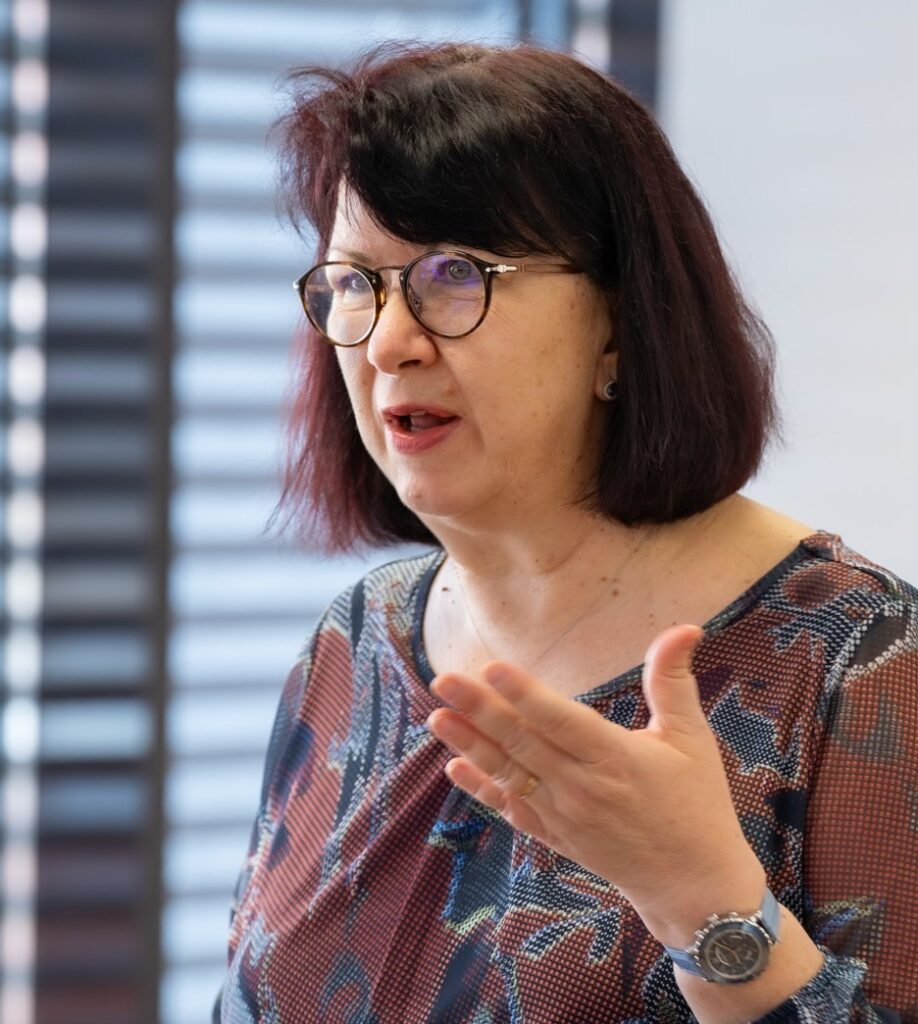Can you introduce yourself and elaborate on your daily work?
I’m a professor in infectious diseases and work in the Iuliu Hațieganu University of Medicine & Pharmacy hospital. I have been working in this field for over 30 years so I was a witness to the growing phenomenon of antimicrobial resistance (AMR). Initially, I started with some recommendations for different antimicrobial treatments. This has evolved and now we recommend completely different antibiotics due to the antimicrobial sensitivity that the microbes have developed over time. Our aim is to preserve the spectrum of the antimicrobials as much as possible and know how to correctly dose them. For my colleagues and I, antimicrobial stewardship (AMS) is nothing new, but it isn’t adhered to every day and we want to improve this.
Why is drive-AMS and fighting antimicrobial resistance important?
This project is very relevant and AMS is an essential part in combating AMR. drive-AMS guides medical professionals and policymakers, through developing and implementing a successful AMS program within health care systems. AMS is one of the pillars in this fight, along with other programs tackling infection control & prevention or patient safety strategy. It’s not only important in hospitals but also in ambulatory care or even at home, everywhere where we use antimicrobials to treat infections.
What has the Romanian drive-AMS network achieved in the first half of the project? What did you find challenging? What surprised you?
During the first part of the project, we translated the course material and tailor it to the characteristics of the situation in Romania. One of our goals is to also include drive-AMS in the national policy for antibiotics. Currently, the project is being carried out in two counties, namely Cluj and Iasi. We prepared ourselves as much as possible for the drive-AMS in-country course by having rehearsals, for example with a hospital from Satu Mare.
In March, we then organised our in-country training which was a success. We had a good presence from all hospitals in Cluj and I was positively surprised how motivated and enthusiastic the participants were.
What I found challenging, was convincing people that we have to do AMS everyday, that the process is feasible but has to be continuous. Otherwise, we risk losing the upper hand on AMR.
How did you implement the knowledge learned during the trainings?
We performed the Global Point Prevalence Survey in March of last year and analysed the data afterwards. We were able to clearly identify our problems and proposed a modification to our antimicrobial protocols. Afterwards, we did a first audit to see if any improvements were made which was a very good exercise. During our in-country course, we were able to use this as an example for the other hospitals which was helpful. In June, we will carry out the last part of our data analysis to see whether what we proposed was feasible and a good solution for our hospital.
Can you share any lessons learned already?
Initially, we thought that the start would be the most difficult but we realised that continuing AMS is actually the hard part. It requires time and effort. Therefore, we decided to organise quarterly meetings with the AMS teams of each hospital to discuss the situation after the proposal of the modifications. Did the proposal get accepted, could it be implemented, was it sustained by the hospital management, etc. So, we try to regularly keep in touch with the participants and to make sure the continuation of AMS activities. My goal is to create an AMS network in Cluj and eventually expand it to the whole of Romania.
What are your expectations for the future of the drive-AMS network in Romania?
At the moment, we’re lacking real management so what is needed is that the Ministry of Health takes up this problem and creates a national AMS coordination plan. In addition, the public should be aware of what we are trying to achieve so the government should roll out an AMR awareness campaign.
The next step for us is to organise a training for the hospitals in Iasi in September. I’m looking forward to it as I think the participants will be very engaged there as well!

